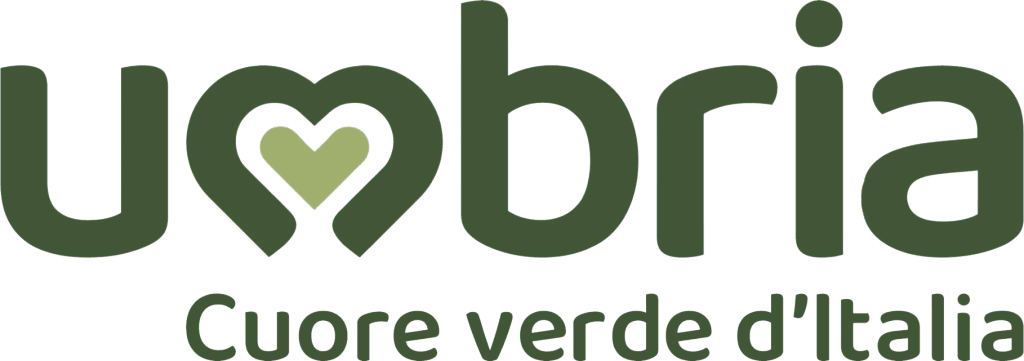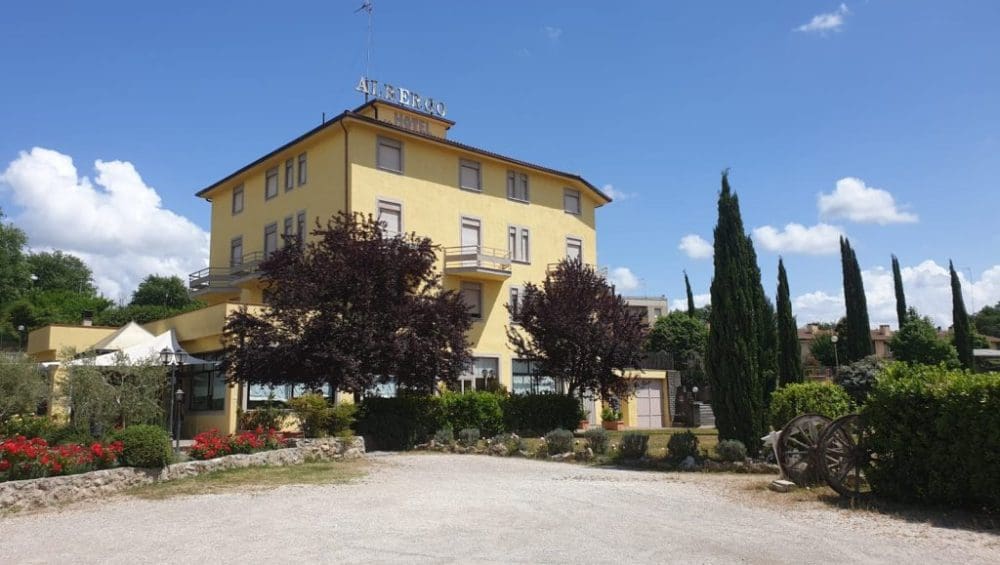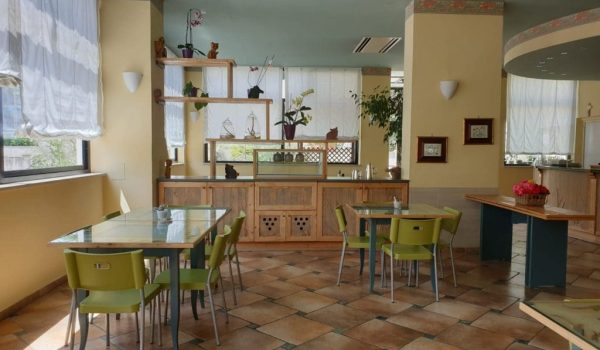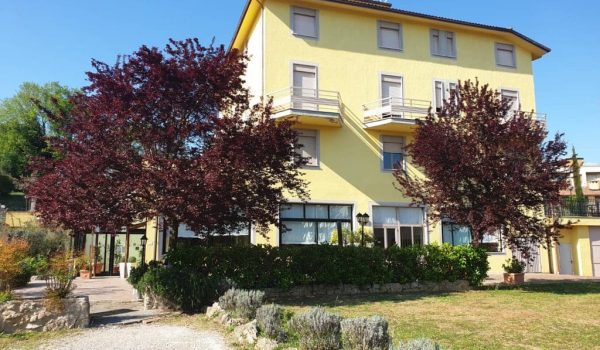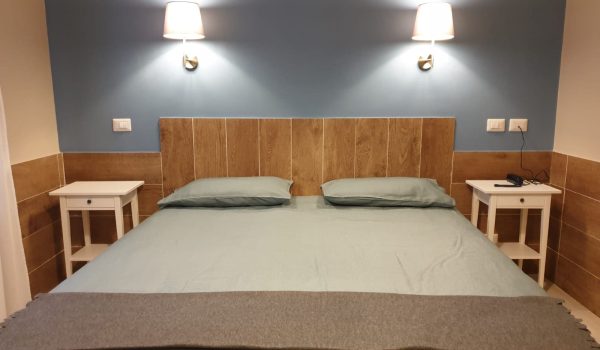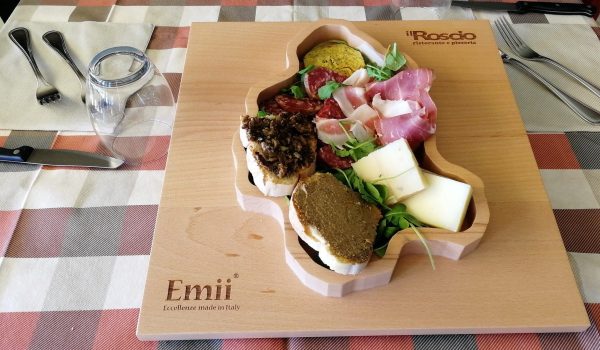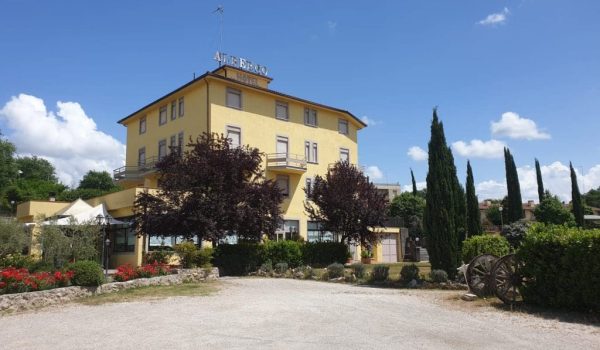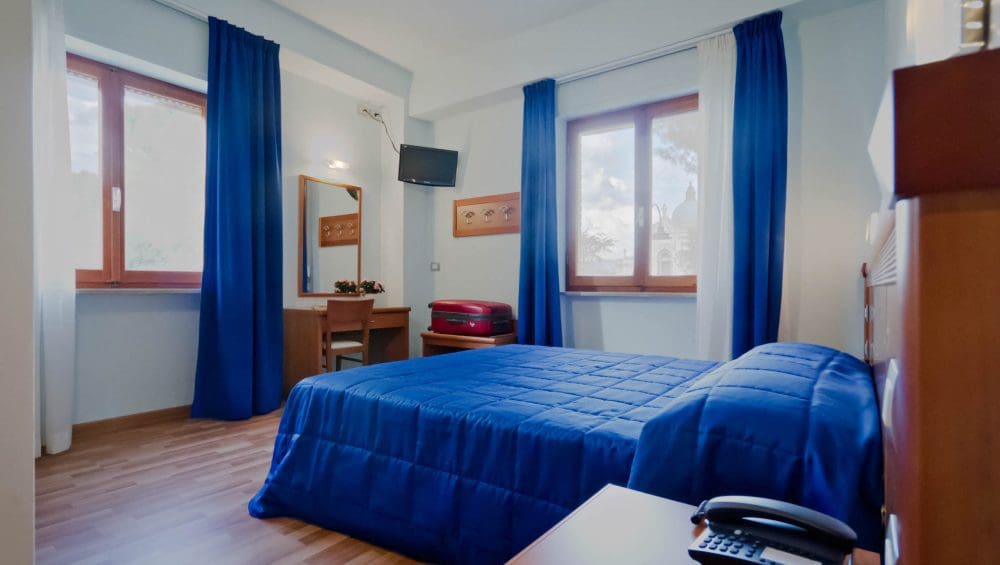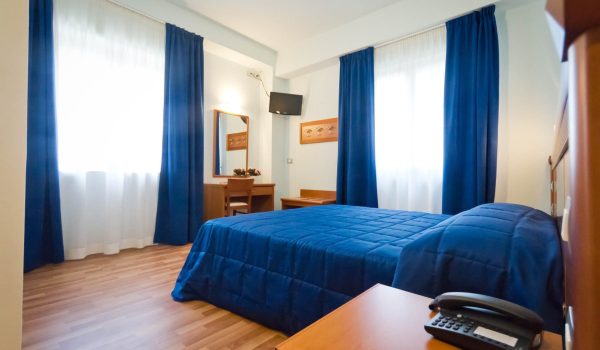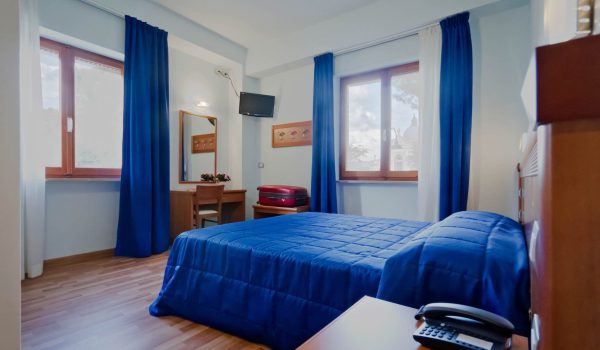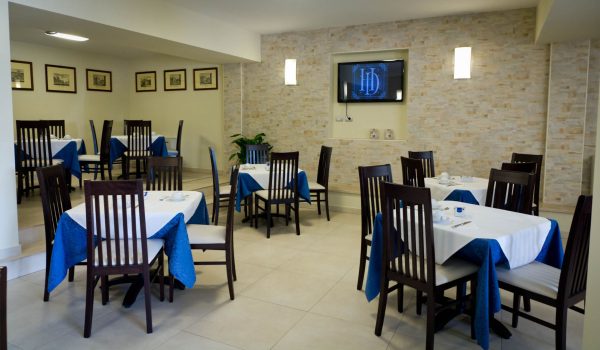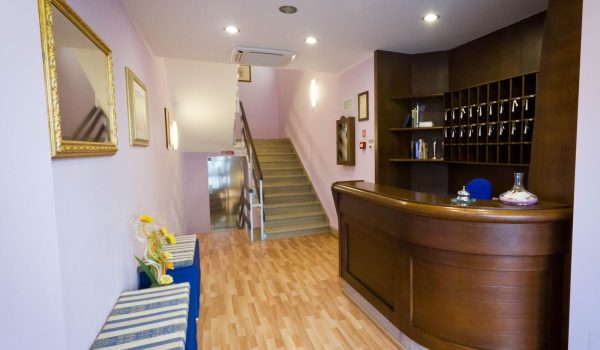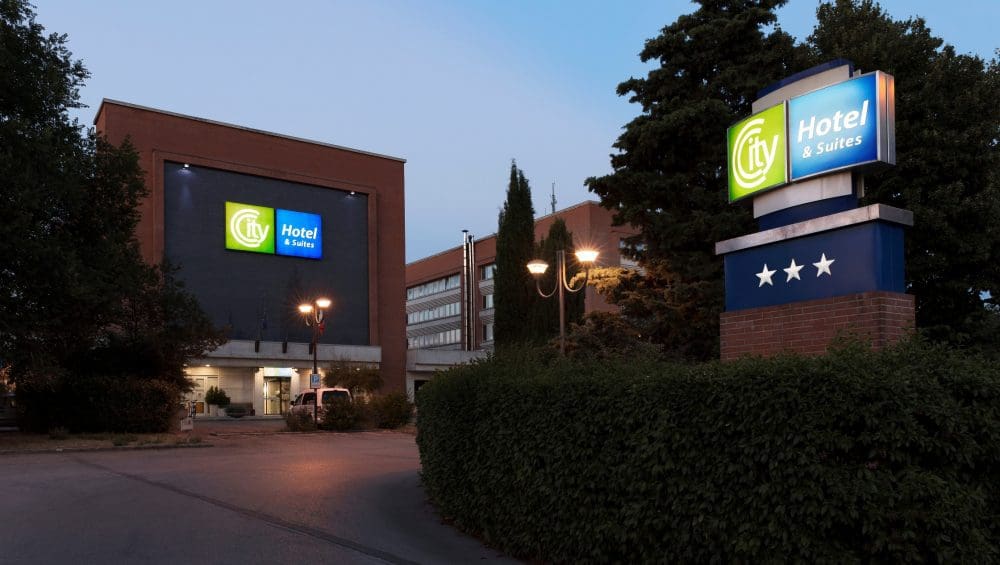Hotel Il Roscio
Hotel Il Roscio
Hotel il Roscio is located in Attigliano, right in front of the Attigliano exit of the A1 Rome-Florence motorway.
You can find us easily and, from here, quickly reach cities rich in history, art and culture such as Orvieto, Todi, Spoleto, Foligno, Perugia, Cascia, Norcia, Assisi.
Orvieto, admired and portrayed by the English painter William Turner, is full of points of interest; just think of the Cathedral – inside which we can admire the beauty of the Chapel of San Brizio, the work of the painter Luca Signorelli – the St. Patrick’s Well or the Etruscan necropolis of the Crocifisso del Tufo.
Assisi, the birthplace of St. Francis, attracts art lovers from all over the world to admire Giotto’s work in the Upper Basilica and we cannot forget the importance of the many abbeys and convents that dot the region, welcoming pilgrims throughout the year.
Our hotel is in the province of Terni, in the city of San Valentino, also known for the Marmore Falls, the highest artificial waterfall in Europe.
In the area there are numerous enchanting places to visit: in the immediate vicinity we find the city of Amelia and the medieval villages of Giove, Alviano, Guardea, Montecchio and Baschi.
Upon your arrival we will recommend personalized itineraries and we will be at your disposal to give you all the information you need to discover our territory, with its suggestive landscapes and excellent food and wine.

